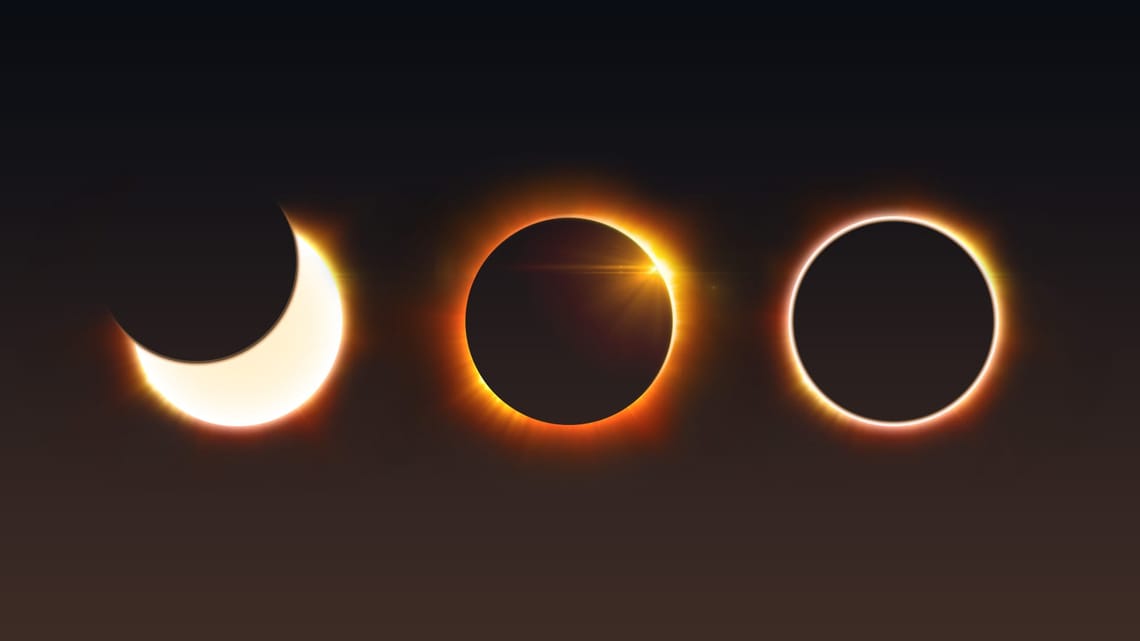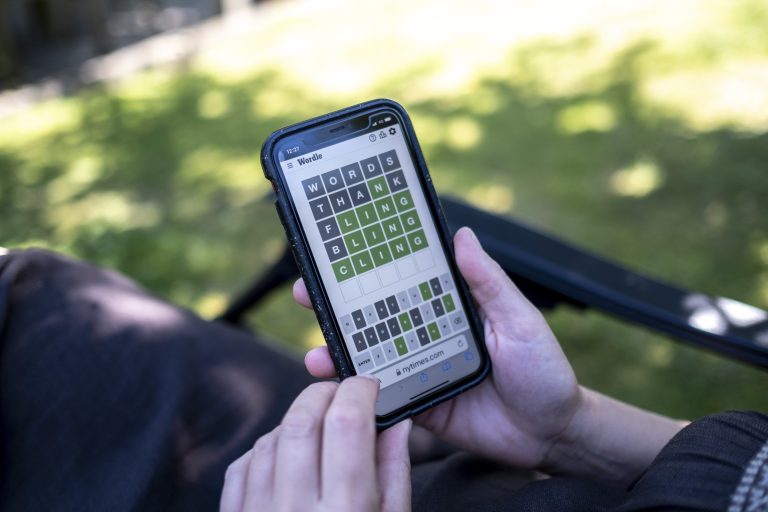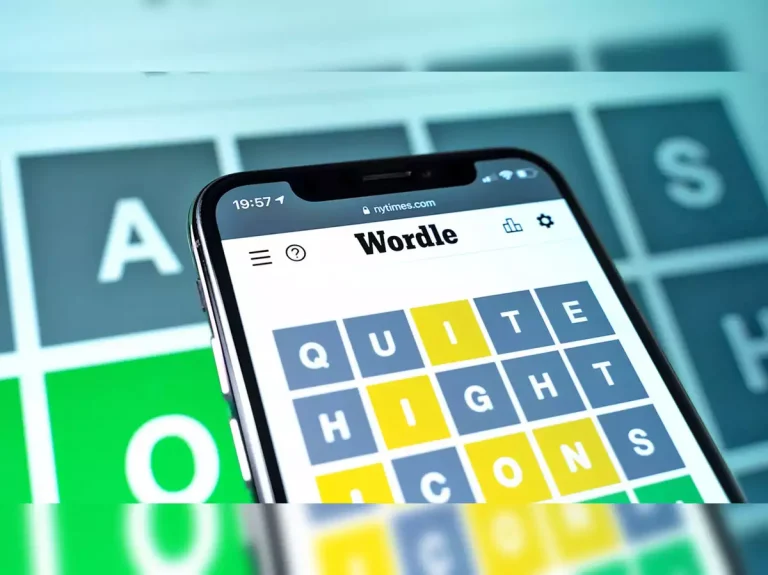Solar eclipse events are undoubtedly fascinating astronomical occurrences that many people eagerly anticipate. However, it is essential to prioritize safety when observing these natural phenomena. One of the most crucial safety tips is never to look directly at the sun during a solar eclipse without appropriate eye protection. This is because the intense solar rays can cause severe damage to your eyes, potentially leading to permanent blindness. The only safe way to directly view a solar eclipse is by using special-purpose solar filters or “eclipse glasses” that meet the ISO 12312-2 international safety standard. Standard sunglasses, even if they are very dark, are not safe for this purpose.
Another important safety tip is not to use unfiltered cameras, telescopes, binoculars, or other optical devices to view the sun. These devices concentrate the solar rays, which can cause severe eye injury. If you want to use these devices, make sure they are fitted with a solar filter on the front end. It’s also essential to avoid looking at the sun through a camera or a device while you’re wearing eclipse glasses. The concentrated solar rays could damage the filter and enter your eyes, causing injury.
Children are particularly vulnerable during solar eclipses as they might not understand the risks involved. Therefore, it is crucial to supervise them at all times, ensuring they wear their eclipse glasses correctly and do not look at the sun without them. If you’re in charge of a group of children during an eclipse, consider watching the event on television or a webcast as a safer alternative.
Moreover, individuals should be aware of the timing of the eclipse. It’s only safe to look at the sun without protection during the brief period of totality, when the moon entirely blocks the sun. But this phase of the eclipse is only visible from specific locations and lasts just a few minutes. As soon as the bright sun begins to reappear, put your eclipse glasses back on.
Lastly, if you’re driving during a solar eclipse, refrain from attempting to watch the event while on the road. It poses a significant risk not just to yourself but also to other road users. It’s advisable to pull over to a safe spot, put on your eclipse glasses, and then enjoy the spectacle.
In conclusion, while solar eclipses are spectacular events that offer a unique viewing experience, it’s of utmost importance to follow these safety tips to protect your eyes and ensure a safe viewing experience. With the correct precautions, you can marvel at this celestial event without compromising your well-being.
Critical Solar Eclipse Safety Alerts
Solar eclipses are a phenomenal celestial event that many individuals eagerly anticipate. However, there are essential safety precautions that must be adhered to during these occurrences. Firstly, it’s crucial to avoid looking directly at the sun without proper eye protection. Regular sunglasses or binoculars are insufficient and can result in permanent, irreversible eye damage known as solar retinopathy.
Instead, utilize special-purpose solar filters, also known as ‘eclipse glasses’, which are manufactured to protect your eyes against harmful solar radiation. Never use damaged or scratched eclipse glasses, and always inspect them before use. For those interested in capturing the event on camera, special solar filters for the camera lens are also necessary to prevent damage to the camera’s imaging sensor. It’s also vital to remember that the only time one can look at the sun without these special glasses is during the brief period of totality, when the moon fully covers the sun, but this only applies to locations within the path of totality.
For partial or annular solar eclipses, and the partial phases of total solar eclipses, eclipse glasses must be worn at all times. Another safety measure to consider is to keep pets indoors during this event as they may inadvertently look at the sun and harm their eyes. Lastly, be aware of the weather on that day. If it’s a hot day, stay hydrated and take measures to avoid heatstroke. These precautions are not meant to deter enjoyment of this astronomical spectacle but are rather intended to ensure that everyone can safely appreciate this natural wonder.
Updates on School Closures
Recent developments regarding school closures have been a topic of significant interest for parents, students, and educational professionals alike. The ongoing pandemic has necessitated changes in the traditional learning environment, leading to a massive shift towards online education. Many institutions initially closed their doors in the interest of public health and safety.
However, the situation is continuously evolving as vaccinations increase and infection rates fluctuate. Some schools, particularly in areas with lower infection rates, have initiated phased re-openings, allowing a limited number of students back into the classrooms under strict health guidelines. Conversely, in regions where COVID-19 cases are on the rise, authorities have opted to extend the period of closure, further leaning on remote learning platforms. This decision continues to spark debates, as the impact on children’s mental health and academic progress is an ongoing concern.
It is crucial to remember that the decisions surrounding school closures and re-openings are complex and multifaceted. They require a careful balance between maintaining educational standards, safeguarding public health, and considering the social and emotional well-being of students. As updates continue to roll in, it is recommended for parents and students to stay informed through reliable sources and maintain regular communication with their respective schools. The situation is undeniably challenging, but the hope is that with patience, resilience, and a community-minded approach, we can navigate these unprecedented times together.
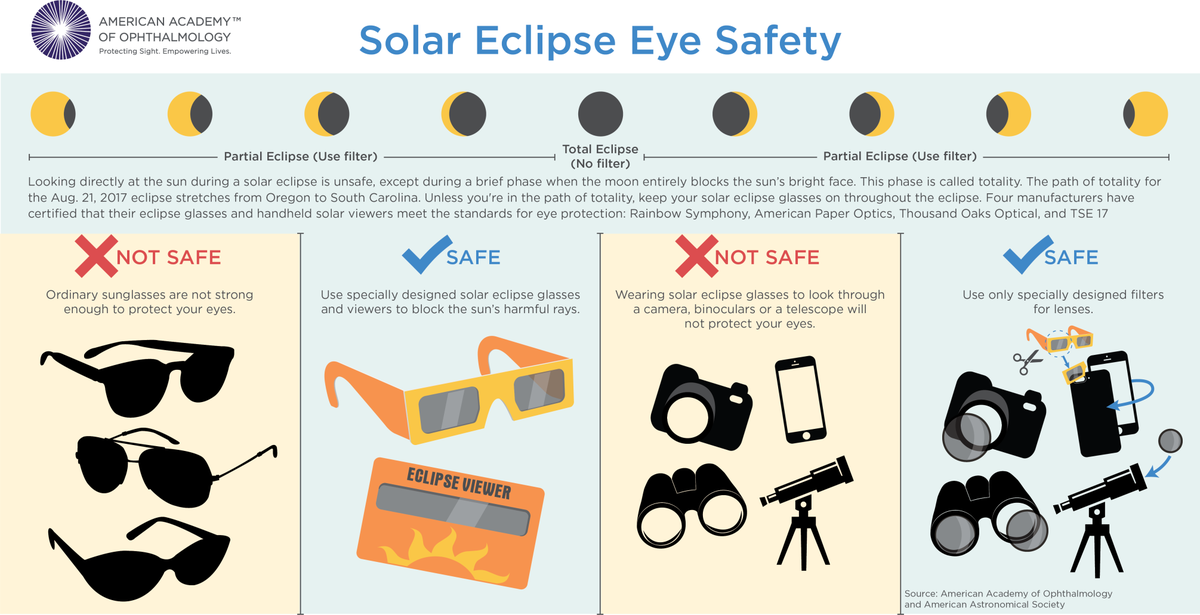
Important Notices for Pet Owners
As a pet owner, it is crucial to be aware of various notices and guidelines that ensure the health, safety, and well-being of your pet. Keeping abreast of immunization protocols, for instance, helps protect your pet from various diseases and infections. Regular check-ups are also crucial to monitor your pet’s health and detect any potential issues early. Moreover, pet owners should be aware of local regulations regarding pet ownership, including leash regulations, waste disposal, and noise control measures. Pet tags with owner’s contact information are also important in case your pet gets lost. Furthermore, understanding your pet’s dietary needs is equally essential, and feeding guidelines can significantly help in this area.
Understanding the potential dangers of specific household items is another important notice for pet owners. Many common items, like certain plants, foods, and chemicals, can be hazardous to your pet’s health. Therefore, pet owners should stay informed about these potential dangers and take the necessary precautions to ensure their pets’ safety.
Pets need regular exercise for their physical and mental well-being. Hence, pet owners should be aware of the recommended amount and type of exercise suitable for their pet’s breed and age.
In addition, pet owners should also be aware of weather-related safety measures. For instance, during hot summer months, pets can suffer from heatstroke if left outside for too long without adequate shade or water. Similarly, in the cold winter months, pets should be kept indoors as much as possible to prevent hypothermia.
Lastly, pet owners should understand the importance of proper training and socialization for their pets. This not only helps in managing your pet’s behavior but also in ensuring their emotional well-being.
In conclusion, being a responsible pet owner involves staying informed about various important notices and guidelines that contribute to your pet’s overall health, safety, and happiness.
Mobile Alerts
Mobile alerts have become an integral part of our daily lives, serving as a powerful tool for communication, information dissemination, and prompt response. They come in various forms, such as text messages, push notifications, and even vibrations or sounds, all designed to draw our attention to an important event or situation that requires our immediate attention. Mobile alerts can be customized based on personal preferences, ensuring that we receive only those that are relevant to us.
For instance, mobile alerts from banking apps notify users about account activities, enabling them to promptly detect any suspicious transactions. Weather apps utilize mobile alerts to provide updates about impending storms or severe weather conditions, thereby providing users with adequate time to prepare and protect themselves. Furthermore, health and fitness apps use mobile alerts to remind users about their workout schedules, medication timings, or health check-ups.
In the realm of social media, mobile alerts function as a bridge between users and their virtual network, keeping them updated about new messages, friend requests, or notifications. News and media apps also use mobile alerts to deliver breaking news, ensuring that users stay informed about global happenings in real-time.
Despite the many advantages of mobile alerts, they have their downsides too. An excessive number of alerts can lead to distraction, stress, or information overload. It is crucial for users to manage their mobile alerts effectively to prevent them from becoming a source of disturbance or anxiety. In conclusion, mobile alerts, when used judiciously, can significantly enhance our productivity, safety, and connectivity. It is up to us to strike the right balance between staying informed and maintaining our peace of mind.
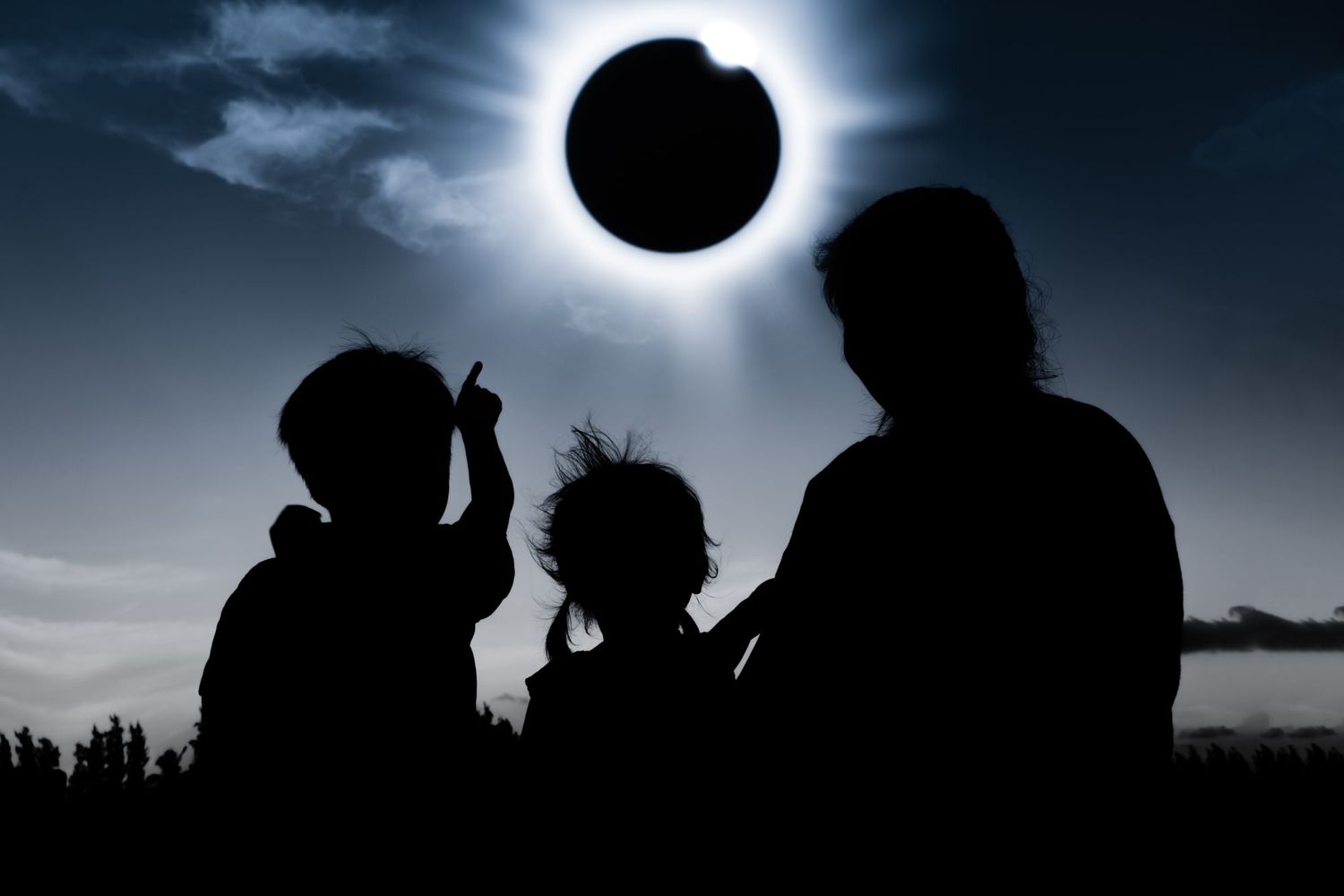
Safely Observing the Eclipse
Observing a solar or lunar eclipse can be an awe-inspiring experience, but it’s paramount to prioritize safety while soaking in the celestial marvel. The sun’s rays, even when partially obscured during an eclipse, can cause severe eye damage or blindness if viewed directly without proper protection. Regular sunglasses or homemade filters are not sufficient to shield your eyes from the harmful ultraviolet and infrared rays.
To safely observe an eclipse, specialized eclipse glasses or hand-held solar viewers that meet ISO 12312-2 international standard are recommended. These protective spectacles drastically reduce the sun’s brightness to a manageable level and block out harmful rays. Alternatively, one can use pinhole projectors, which project an image of the eclipse onto another surface, allowing safe indirect viewing.
Telescopes, binoculars, or cameras should only be used if they are equipped with a solar filter on the front (sun-facing end). These solar filters protect the equipment from solar damage and the observer’s eyes from harmful rays. Using such devices without a solar filter during an eclipse can result in permanent eye damage.
Remember, it’s only safe to look directly at the sun during the brief period of totality when the sun is completely covered by the moon, and this only applies to total solar eclipses. However, one should exercise caution as the period of totality usually lasts only a couple of minutes, and looking at the sun before or after this period without proper eye protection can be harmful.
In conclusion, while observing an eclipse can be an exciting and educational event, safety should always be the first consideration. With the right equipment and precautions, you can enjoy the eclipse without jeopardizing your eyesight or health.
Creating a Pinhole Camera
Creating a pinhole camera is a fascinating process that anyone with a keen interest in photography can easily undertake. This simple device, which is essentially a light-proof box with a small hole on one side, allows light to pass through, projecting an inverted image on the opposite side. The first step to create a pinhole camera is to find a suitable box. Ideally, it should be small and light-proof, with a tight-fitting lid. A shoebox or a small tin can will perfectly serve this purpose.
Next, you need to create the pinhole itself. This can be done by making a small hole in the middle of one side of the box using a pin or a needle. The size of the hole is crucial; it needs to be small enough to focus the light but not too small that it restricts the amount of light entering the box.
Once the pinhole is made, you need to create a viewing screen. This can be made by cutting a square piece of thin white paper or plastic and attaching it to the inside of the box, opposite the pinhole. This is where the image will be projected.
Remember to cover the pinhole with a piece of aluminium foil or black tape when the camera is not in use to prevent unnecessary exposure. To use your pinhole camera, point the pinhole towards your subject and uncover it. You will see an inverted image of your subject on your viewing screen.
Creating a pinhole camera can be a fun DIY project and a fantastic way to learn about the basic principles of optics and photography. It may lack the sophistication of modern digital cameras, but the charm and simplicity of a pinhole camera make it a worthwhile project for anyone interested in photography.

